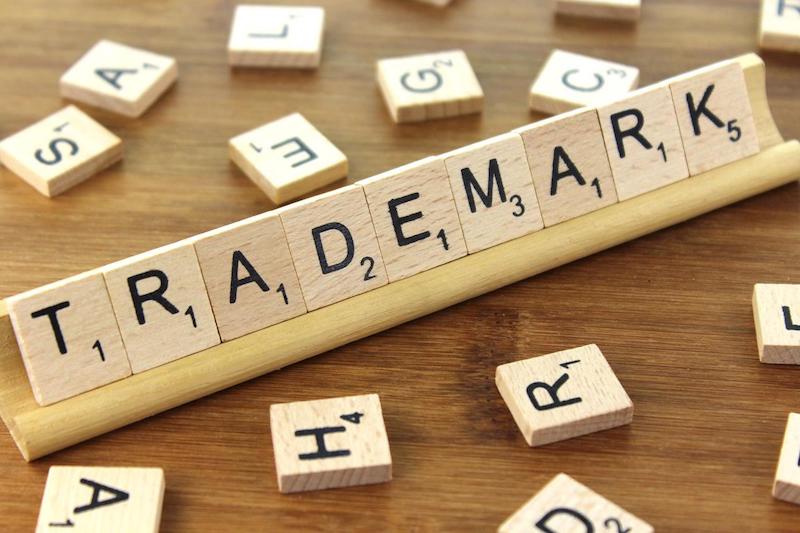Overview
Intellectual Property Bulletin
November 7, 2018
On October 30, 2018 the Canadian government surprised intellectual property owners and the IP legal community by including sweeping changes to Canada’s main intellectual property laws in the 800-pages Budget Implementation Act. While unexpected, these changes are not unwelcome. They show that Canada is serious about modernising its IP legislation.
This bulletin looks at key proposed changes to trademark law in Canada that include 1) adding bad faith as a ground for cancellation or opposition, 2) authorising costs and allowing for confidentiality orders in contentious administrative proceedings, 3) creating mechanisms to clear the “dead wood” of official marks from the register, 4) use of a trademark as a prerequisite to receiving damages or other relief in infringement lawsuits, and 5) restricting the filing of new evidence on appeal.
Bad faith
The concept of bad faith already exists in most modern legal systems. However, it has never found easy application in Canadian trademark law and practice and has rarely been relied on. For instance, there is no simple way to deal with trademark squatters who file an application for registration of a trademark that is used and known abroad, but is not yet in use in Canada. As a result, opposing or expunging these opportunistic registrations is difficult and often more expensive than reasonably necessary.
Under the proposed changes, there will now be an easier way to deal with the issue: the amendments create a new ground of opposing a published trademark or of invalidating a registration on the basis that the application was filed in bad faith. However, it remains to be seen how bad faith will be interpreted by the Registrar and the courts.
Costs and confidentiality
The proposed modifications concerning costs and confidentiality are welcome changes to contentious proceedings before the Trademark Opposition Board such as oppositions, summary cancellation proceedings and objections concerning the List of Geographical Indications. Experience has shown that parties sometimes unreasonably prosecute or prolong a contentious matter, and until now, there were no adverse consequences to doing so. With the threat of costs being awarded to the prevailing party, a litigant may now think twice before pressing ahead with a losing case or opposing an application merely for leverage — if the mechanism has enough teeth to award meaningful costs penalties. The possibility of obtaining confidentiality orders in opposition or cancellation proceedings will now allow parties to file extensive sales data while keeping potentially sensitive commercial information from their competitors and the public at large.
Official marks
Another major irritant has been Canada’s unique system of “official marks”. These are super-trademarks which are granted without substantive examination to “public authorities” in Canada. These official marks have a wide ambit of protection and are a bar to third parties registering or using a similar mark in Canada, including after the “public authority” in question has ceased to exist. In other cases, organisations with dubious claims to public authority status have purported to register official marks. With the increasingly crowded modern trademark space, dead or improperly granted official marks have become a problem but there is no simple way to remove them from the Register. This has been resolved by allowing the Registrar, on request or of her own volition, to give notice that an official mark was applied for by an entity which should not have qualified or which no longer exists, thus removing the official mark from the register.
Use before suing
Previous legislative amendments (which are yet to come into force), removed the requirement either to claim use at the time of filing an application or to declare that use had commenced between filing and registration. This was a controversial change, but the government is clearly not moving away completely from this traditional basis of trademark rights stemming from use rather than mere registration. Under the new rules, the owner of a registered mark will be barred from obtaining any reparation for trademark infringement in the first three years of registration unless there has been use of the mark in Canada. After three years, legal remedies will be available even without use, but the registration will be exposed to administrative cancellation for non-use. Effectively, Canada has switched from a system requiring use in order to register a trademark, to a system under which failure to use a trademark following registration can result in a loss of those rights.
Evidence on appeal
The current regime in Canada allows fresh evidence to be filed automatically on any appeal to the Federal Court from a decision of the Opposition Board (including cancellation proceedings). This allows a party to proceed through an opposition or cancellation with minimal cost and effort, knowing that they can resurrect their case on appeal if needed. This can provide a significant strategic advantage, particularly if an opposition has been filed merely for leverage.
The removal of this automatic right means parties will need to put their best foot forward at first instance or risk not being able to support their position. From a practical perspective, this is likely to benefit smaller entities and individuals who no longer risk being dragged to the Federal Court and through a second round of expense by opponents with deeper pockets. In addition to levelling the playing field, this may also reduce the pressure on Opposition Board resources.
And lastly, on a lighter note, previous amendments moved our trade-marks further from their British “trade mark” heritage by adopting the North American trademark moniker. Here, while supposedly wanting to modernise our Trade-marks Act, we’ve gone back to the old trade-mark, yet the newer trademark is still sprinkled here and there throughout the often confusing list of amendments. Presumably this will be cleaned up in the legislative process.
The new amendments have only just been placed on Parliament’s legislative agenda, but are expected to be adopted quickly.
Authors




